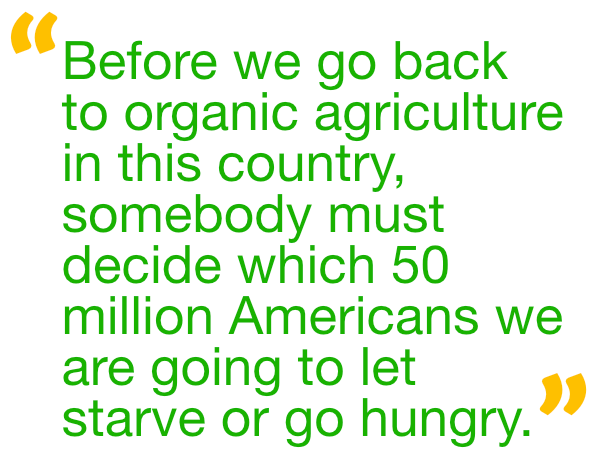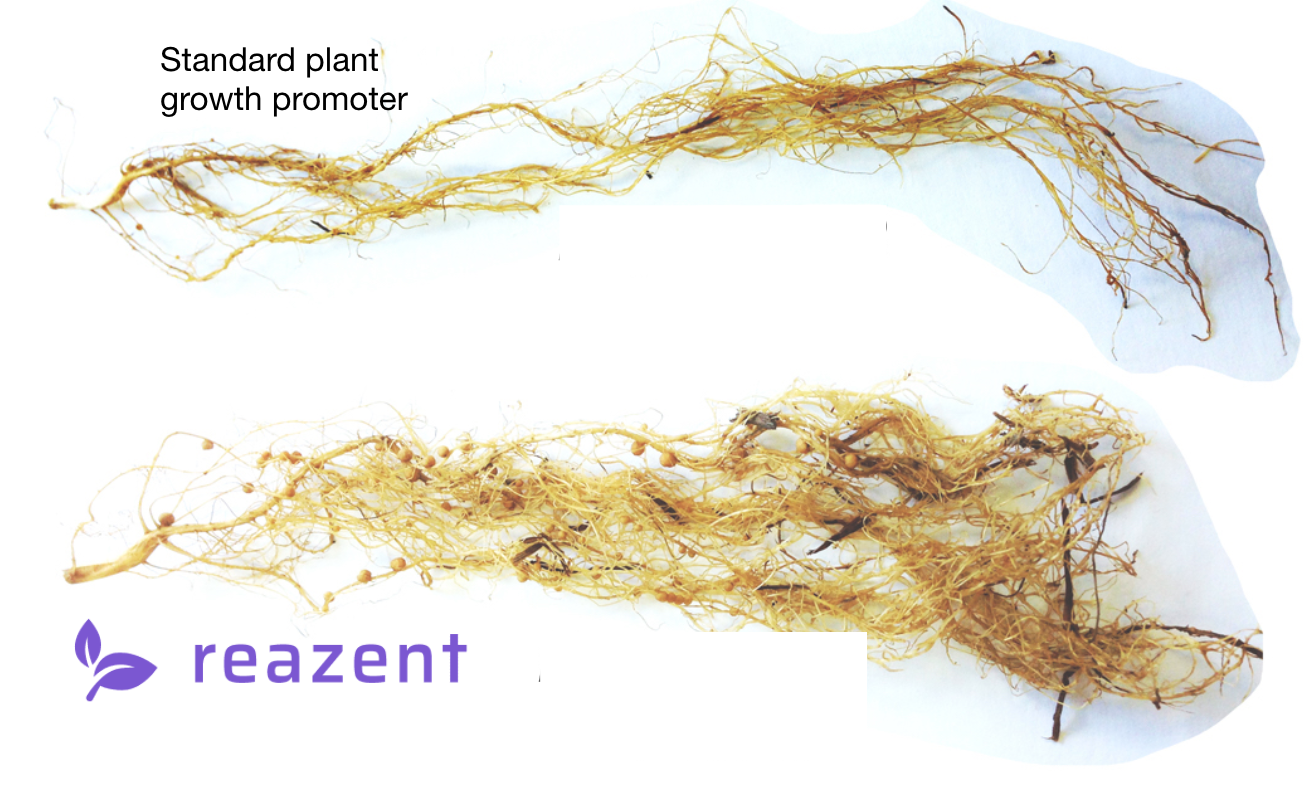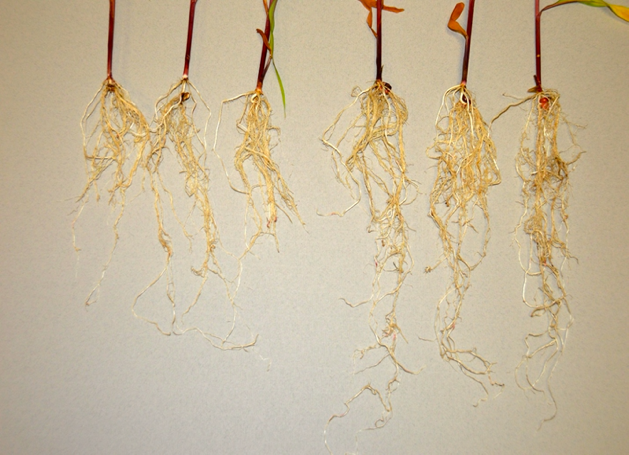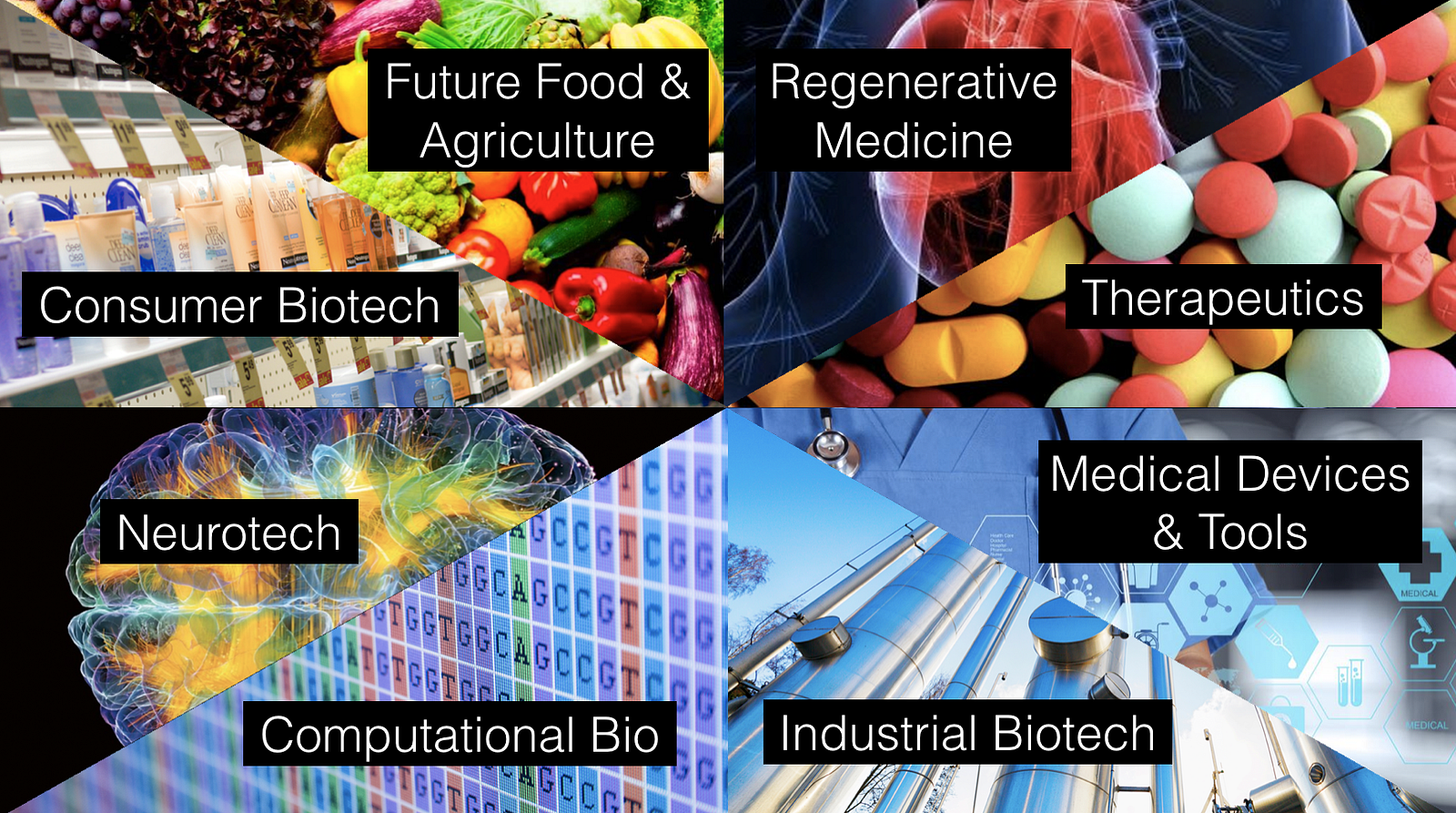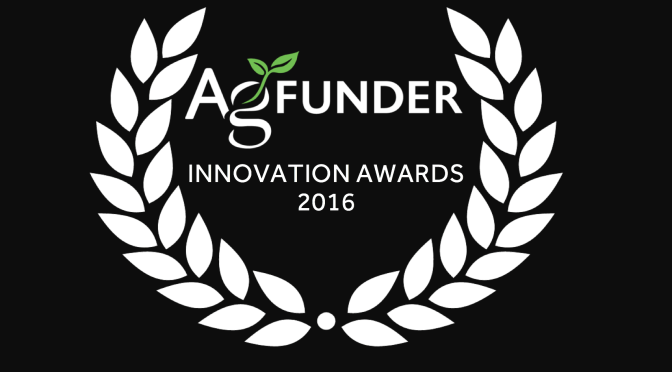
California Cultured has entered a 10-year commercial partnership with Japanese chocolate giant Meiji, incorporating the company’s “Flavanol Cocoa Powder” into several packaged goods distributed by Meiji.
Dark chocolate is a major source of greenhouse gas emissions; it is second only to beef when it comes to the top GHG-emitting foods. And that’s on top of the chocolate industry’s long history of contributing to mass deforestation, diminishing cocoa tree numbers, and human rights abuses.
California Cultured has developed a sustainable solution. The company makes cocoa in fermentation tanks, a climate-resilient approach that also addresses deforestation and labor exploitation. This resulting products are not only attractive to consumers, but chocolate makers as well. Enter Japanese conglomerate Meiji, who realized the value in the sustainable supply chain solution that California Cultured provides.
“Meiji came to us because unpredictable weather patterns – including heavy rainfall – have disrupted cacao cultivation, leading to a consecutive year of supply shortages,” California Cultured’s head of strategy Steve Stearns told Green Queen. “This scarcity has driven futures prices to unprecedented levels, reflecting the strain on supply and demand dynamics within the chocolate industry.”
California Cultured is targeting products in the nutraceutical, chocolate, and better-for-you snacks markets with the Meiji deal, per Green Queen.
“Meiji’s collaboration with California Cultured involves the seamless integration of the startup’s cocoa powder, cultivated from cells rather than traditional cocoa beans, into an array of confectionery and wellness products tailored for both the US and Japanese markets,” explained Stearns. “This comprehensive product line encompasses chocolates, truffles, and wellness-enhancing chocolate products designed for consumer use,” he added.
As California Cultured is a cellular agriculture company, it is currently pursuing approval from food safety regulators across the globe, including a GRAS (Generally Recognized as Safe) designation from the FDA. The company also has some exciting products lined up; it expects to release Flavanol Cocoa Powder – a food that has been found to reduce the risk of major cardiovascular disease by 16% and cardiovascular deaths by 27% – in the country in late 2024.


















































